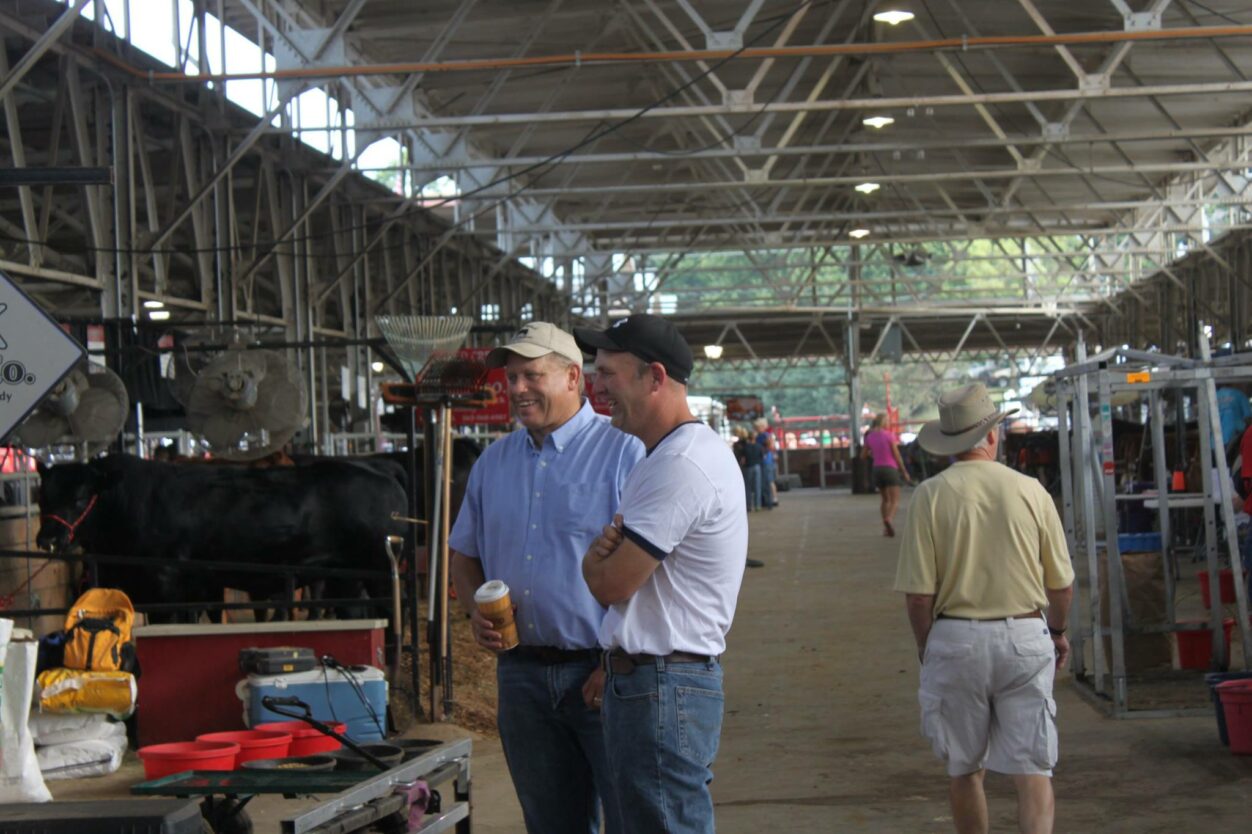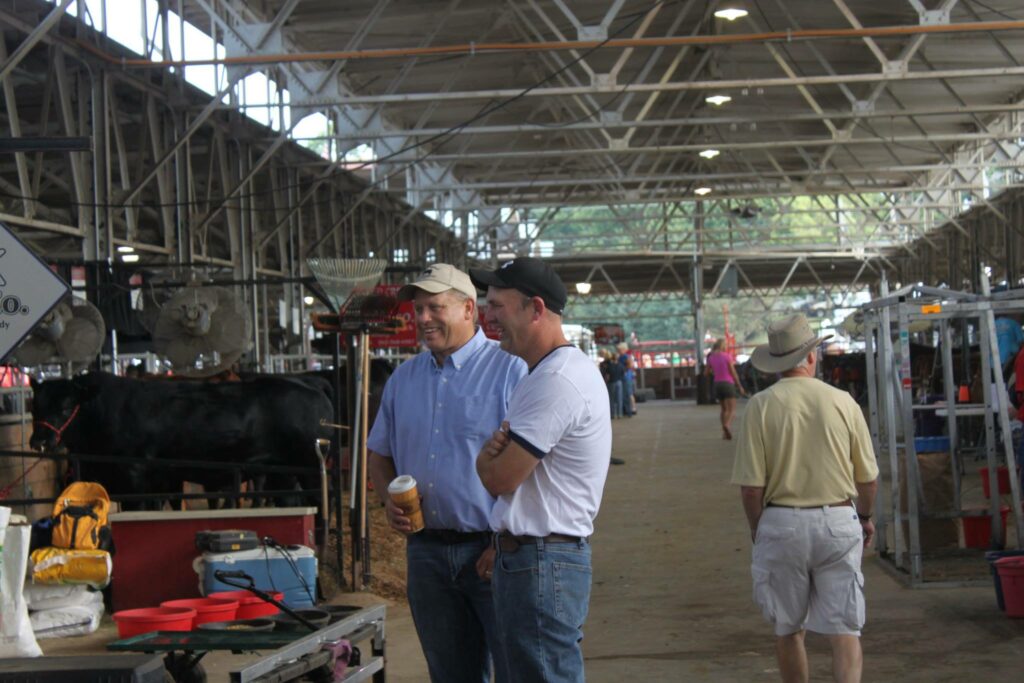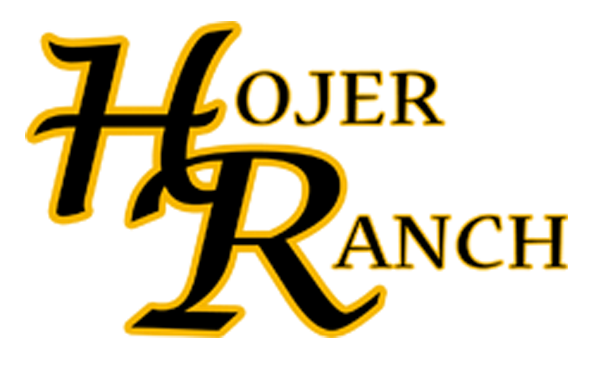
Having a focus on tomorrow, as you’re making decisions today!
Often when I am talking to cattlemen they ask me what would be the best kind of a bull for my herd. Everyone is looking for the quick easy answer but the answer is much more complex than that. Several factors need to be considered and I generally find myself asking a lot of questions so I can make a proper recommendation. Some of those questions are as follows:
- Do you keep your own replacements?
- Do you finish your calves?
- How long do you background your calves?
- Tell me about your cow herd?
- What is the Breed make up of you’re herd?
- Do we need to put emphasis on Milk and Fertility?
- What is the frame size of your cows?
- Do you want to increase, decrease or maintain your frame?
- Do we need to stretch out your calves?
- Do we need to put some muscle in your calves?
These are just some the economic type of questions that I find that most people understand and can answer very quickly. The questions that tend to be more difficult to answer are the carcass questions and where do they want to go with this part of their program. If we just sell our calves at the sale barn we shouldn’t need to care, Right? Well, I think we do need to care.
To make my point I want to share with you a conversation that I had this summer with an old friend that I had the opportunity to get to know when I was on the National AGA Board. Today, this individual oversees the operations and cattle purchases of several feedlots that consist of several 100,000 head. My question was “What is the number one thing that affects your operations the most that impacts your profitability?” I figured that he would say the high cost of feeders or something like that. His answer was Yield Grade 4 cattle. He said that in our world in SD, we need to get back to using a crossbreeding program of the right mix of Continental (Gelbvieh) and British (Angus/Red Angus etc. ) genetics. This will allow the feedlots to feed longer, add more carcass weight and not have the carcasses heavily discounted because of fat.

These same issues were echoed by Dr. Harlan Ritchie in a recent article in the Gelbvieh World as he talked about “Looking Ahead. ”
Most of these carcass traits are very heritable and you can make genetic advancements fairly quickly. The Ultrasound work that we are doing on our sale offering is to help you move your calf crop to the most desirable balance as possible. This balance needs to be done so you maximize the traits that make direct economic sense to you (Growth, Length, Fertility etc. ) while understanding and adapting to what makes direct economic sense to the people that buy your calves.
My advice is to stay “Aligned” correctly with those that you may not know but whom know you because they are buying your calves. The right kind of choices that you make today will drive their decisions to buy your calves tomorrow.
